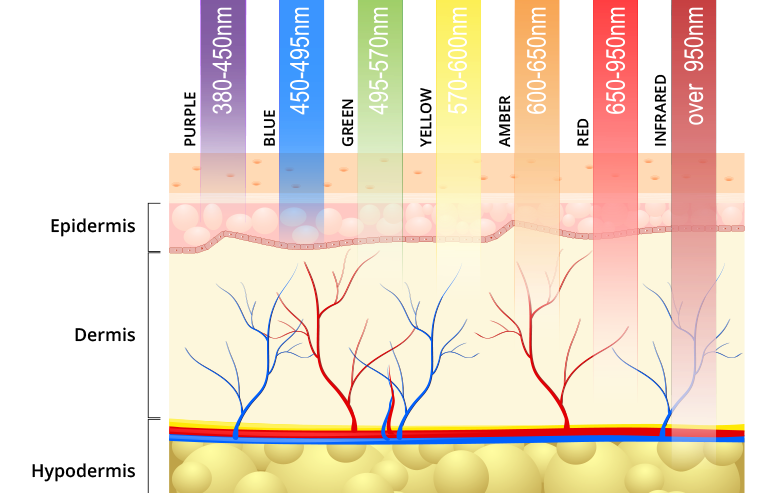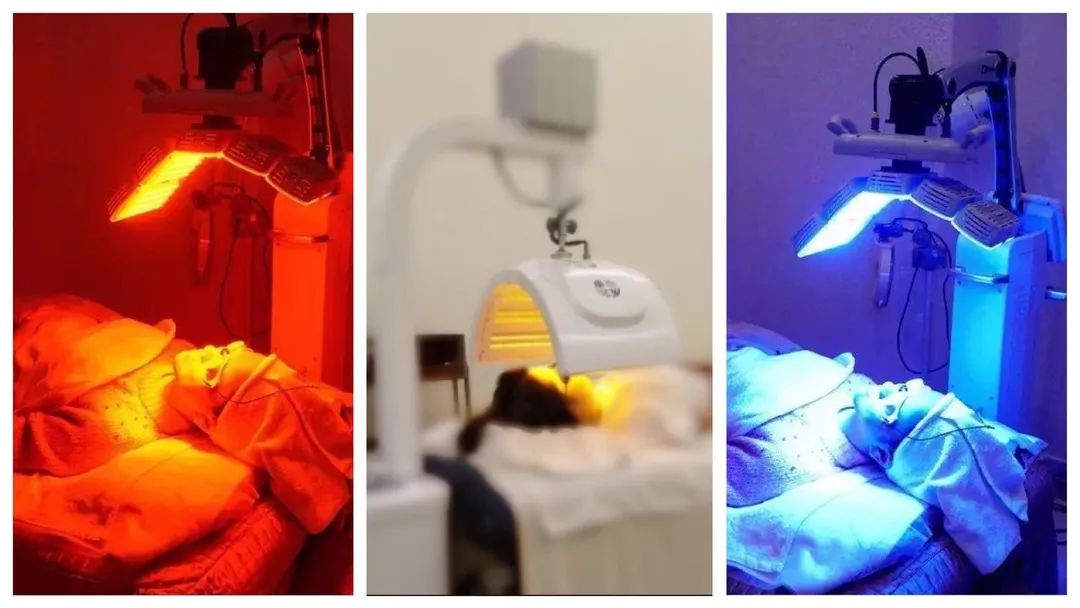Normally, each of our skin is made up of epidermis, dermis and subcutaneous tissue. The thickness of the epidermis is about 0.2mm and the dermis is about 2mm.
The epidermis is located in the superficial layer of the skin and falls within the depth of action of skincare products, further down than almost all skincare products can reach (highlight here). The dermis, which lies beneath the epidermis, is mainly made up of connective tissue and is generally 1-3mm thick, with the thinnest being 0.3mm at the eyelid.
If the collagen fibres in the connective tissue deteriorate, the dermis becomes less dense and less elastic, and the epidermis becomes less stretchable and flatter, resulting in wrinkled skin, or what we call ageing.
Before the age of 25, the collagen in the dermis is sufficient and many common skin care products are sufficient to maintain the skin's hydration. After the age of 25, with the accelerated loss of collagen with age, the skin starts to sag and wrinkles appear, then the use of skin care products can not meet the needs of the skin, you need to use medical means or home beauty device to solve the problem of collagen regeneration.



So how does light therapy work to improve our skin? First let's get to know light.
The light recognisable to the human eye is called visible light and they range in wavelength from 380 to 780 nanometres, corresponding to the gradient from purple to red in the diagram below, while beyond these two ends, invisible to the naked eye, are the increasingly shorter wavelengths of ultraviolet, X-rays and gamma rays, and the increasingly longer wavelengths of infrared, microwave and radio waves.
Many people underestimate the energy of light, yet we deal with these lights every day and they subtly affect our health. For example, ultraviolet light darkens the skin while stimulating the synthesis of vitamin D. Infrared light and microwaves have a heating effect on cells, while X-rays and gamma rays are carcinogenic by damaging DNA ......
As you can see, different wavelengths of light have different regulatory effects on cells, some beneficial and some harmful. So is there a type of light that is more beneficial than harmful when exposed to it for a long period of time (a reasonable amount of time)?
The answer is near infrared light.
Near Infrared (NIR) is an electromagnetic wave between visible light and mid-infrared light, defined by ASTM (American Society for Testing and Materials Testing) as an electromagnetic wave with a wavelength in the range of 780 to 2526nm.
Unlike UV light, which most girls hate, NIR light is very popular with girls. NIR light increases the activity of cytochrome c oxidase, resulting in faster electron transfer, enhanced mitochondrial respiration and more adenosine triphosphate (ATP) production. At the same time, NIR light can also renew skin tissue by altering the redox state of cells, activating and proliferating.
Copyright © 2022 Guangdong Newdermo Biotech Co.,Ltd. - newdermobeauty.com All Rights Reserved.